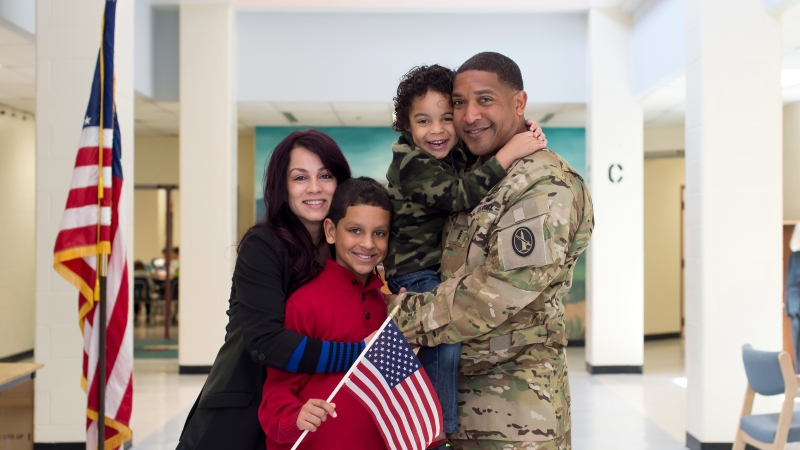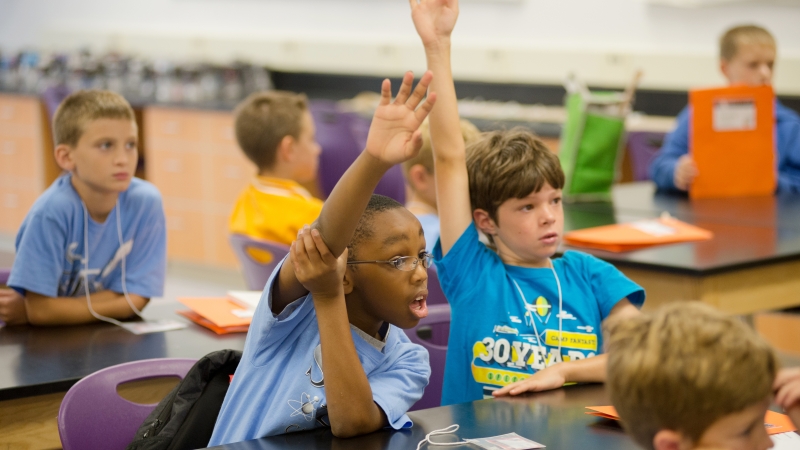
Research - The Road to Action
Teaching children how to research is a critical skill that can start early and will serve them for a lifetime
Research is formalized curiosity. It is poking and prying with a purpose.
Zora Neale Hurston
Teaching children how to research is a critical skill that can start early and will serve them for a lifetime. In today’s world, where there is so much information readily available at our finger tips, it is never too early to begin to teach children how to search with a “critical eye."
Opportunities to conduct in-depth research allow children to discover and explore a wide range of topics that connect to personal interests and encourage inquiring minds. As they search for knowledge and data about topics that are connected to real world issues, personal interests, and relevant concerns children learn the value of searching for information through a wide variety of resources. They also discover and practice investigative and formal research techniques that train them to develop abstract ideas, use inductive thinking, see connections, and solve problems. The research process itself teaches them to organize, apply, and evaluate information and data that they can collect from multiple sources and then use that information for a project, a purchase, a personal goal, or to help solve a real world problem. In order to strengthen and refine their thinking and communication skills, children need opportunities to explore topics of interest and share what they learn with others.
The first step in this process can begin with a journal. This can be online or in a notebook and is a place where children can record the journey of their search for information. Make it personal and suggest that they write it in the first person point of view. This way it becomes a story of their search and they can record what they do, what they learn, and what they think about the information as they learn it. They can also write down new questions that surface as they record and think about what they find out. They not only gain an understanding of their topic from many different sources, they gradually formulate their own opinions based on evidence as they become personally involved in the quest for knowledge.
Choosing a topic is an important next step. Maybe your child has expressed interest in a topic either out of curiosity or because they want to make a purchase. This could cover a wide range from soccer balls and bicycles to solar powered vehicles to a question about why there are so many snakeheads in the Potomac River. Deciding what to research can prompt a lot of good thinking and discussion as children consider different options. It is important that your child searches for information on a topic that he or she truly cares about. Encourage your child to record in a journal what he or she would like to learn more about and why it is important to them. They should record not only why they chose their topic, but also what sparked their initial interest.
For example, one child who decided to investigate snakeheads wrote in her journal, I was fishing with my dad in the river and I caught a large fish that looked different from any fish I had ever seen before. When I asked my dad what it was, he explained that it was a snakehead and they were an invasive species. I wanted to learn more so we took a picture of the fish and this is how my research journey began . . . One of the things that puzzled me was that this fish was an invasive species and I wanted to know more about that ... Where did they come from? Who brought them here?
Next, ask your child to record everything that they already know about the topic and make a list of questions or areas of interest that they would like to pursue. One strategy that can help children organize information and ideas in unique and personal ways is a mind map. Mind mapping is a lot of fun. Your child can write a word or draw a circle in the middle of a page. Next, ask your child to draw lines and new circles to ideas and words or pictures that connect to the original word. For example, maybe your child is interested in space. Together you could create a mind map of all that your child knows about space and then add things that your child wants to investigate. Mind mapping also gives children an understanding of the breadth of a topic and it can help them narrow down their research to one or more specific areas. As they map out their thinking they are able to see connections among related ideas.
This thinking skill is especially important for visual learners and may be used throughout the research process as children gain more in-depth knowledge of their topic. A good book for learning more about mind maps is Mind Mapping for Kids: How Elementary School Students Can Use Mind Maps to Improve Reading Comprehension and Critical Thinking by Toni Krasnic. Once the search begins, children will need help and guidance in finding sources of information. It is important that these sources are a combination of books, site visitations, online research, letter writing, interviews, and any other resource that would provide facts and data about their chosen topic. As they learn information, encourage them to record what they learn and list new questions as they surface. If they like using a mind map, the mind maps can help to illustrate their search and the connections they make.
Keeping a journal and recording their search also gives children an opportunity to encapsulate or practice putting what they learn into their own words. Encapsulation is the art of sharing ideas or information as succinctly as possible. It is the ability to share “the bottom line” or the essence of a story, experience, or other information in a concise, precise form. Encapsulation requires that the creator use as few words as possible and at the same time not lose the intention of the original idea. As children write about what they learn in their own words, this gives them important writing practice and not only strengthens their confidence to express ideas in their own words, it also helps them understand the essence of an idea or information.
In addition to the record of information, encourage your child to express how they feel about the information and their search as it progresses. For example, they may write a letter or email to a person, expert, or organization whose work focuses on their topic. When they receive a response, they may be excited because it includes lots of new information and answers a lot of their questions or they may be disappointed because they received a form letter or no response at all. Reflection is an important part of the research process. Encourage your child to note their surprises and disappointments as well as how their own thinking changes as they learn and reflect upon that learning.
Conducting research also helps develop self confidence. Your child may need help finding someone to interview; however, the process of conducting the interview will strengthen their confidence as well as their communication skills. Encourage them to write down their questions ahead of time and then practice the interview with you or another member of the family. During the actual interview they may take notes or record the interview. Sometimes a site visitation can be combined with an interview. For example, one child heard his parents talking about how the county wanted to build a road through a wetlands area and there were people that were against this idea. He wanted to learn more so he asked his parents to take him to the wetlands where he could interview a ranger. This led to more interviews and he interviewed a local official, a transportation expert, and some commuters. Through the various interviews he learned the importance of having good information and considering different points of view from multiple stakeholders. He also read newspaper articles and editorials about the controversy. As he learned about the wetlands, he decided that more people needed to be educated about this important part of the ecosystem that is often not valued or understood. This gave him an opportunity to learn how citizens become involved and the different forums that could be used to share what he learned. It also gave him a better appreciation for the complexity of real world problems and the importance of having knowledge to inform your opinion.
The final phase of the research process is an opportunity for your child to share their findings and take action with the information that she has learned. She may want to write letters, create a video, construct a model, or make a picture collage to inform and share what she has learned with others. If your child is researching a product that they would like to purchase such as a new computer tablet or lacrosse equipment, he can select and justify which brand he wants to purchase and why. It is exciting to watch and encourage children to develop their own thoughts and opinions as they become better informed. As long as the topic is one in which they have a strong interest, children will spend a tremendous amount of time and energy researching, reflecting, and finding ways to share and take action with their new information.
Related Pages

Creative Problem Solvers
The significant problems we have cannot be solved at the same level of thinking with which we created them.

Creative Brainstorming with SCAMPER
Brainstorming encourages children to think of new ideas, combine existing ideas in new ways, and generate original and often unusual ideas.
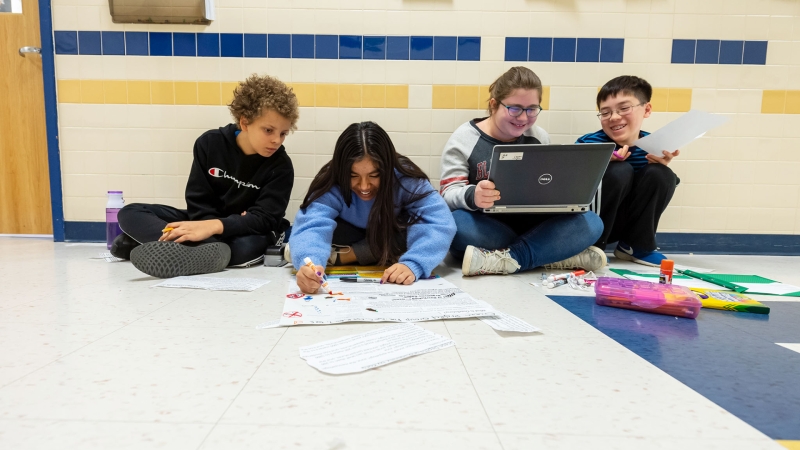
The Art of Persuasion
Persuasion is used quite broadly in today’s society.

Colorful Thinking
What color is your thinking? Six Thinking Hats, a book by Edward DeBono, provides a colorful structure to guide children as they discuss a topic or issue from six different perspectives.
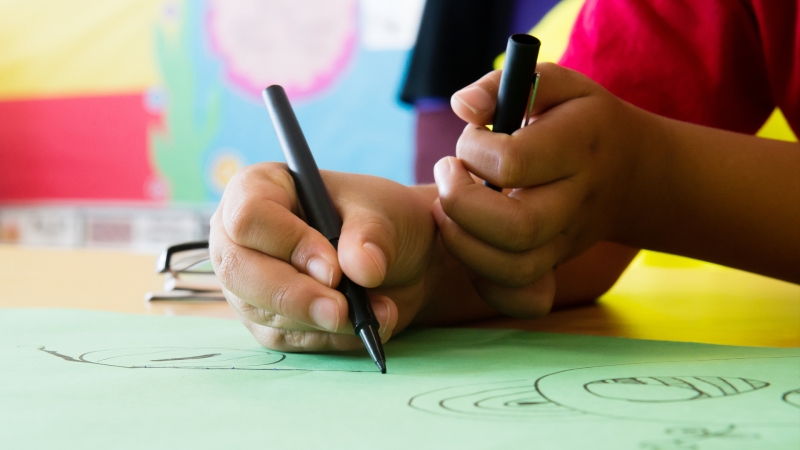
Analogies: Creative Connections!
A facility for working with analogies gives children a structure for generating creative ideas, seeing complex relationships, and making unusual comparisons.
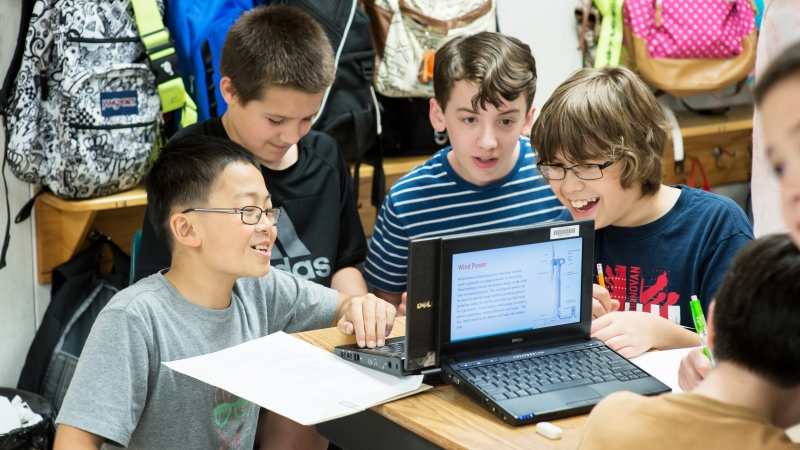
Decisions and Outcomes
“You can’t judge a book by its cover” is an age-old adage that lies at the heart of this decision-making strategy.
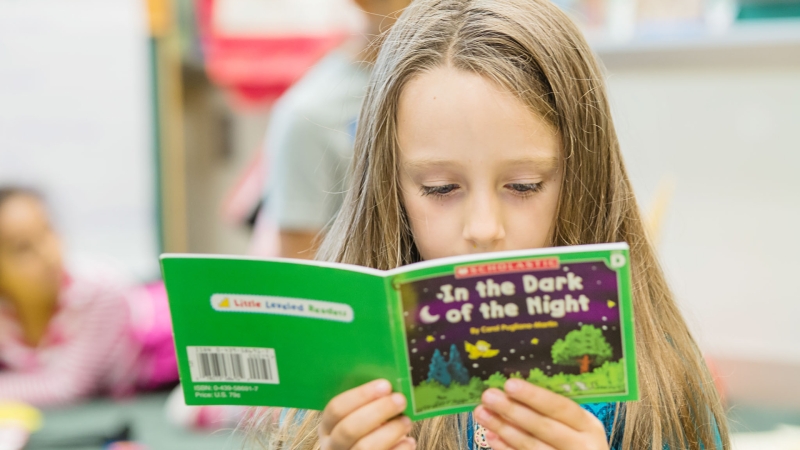
Point of View
Learning the role of view point and understanding that each person has a unique point of view is one of the most important thinking skills that a child can acquire.
